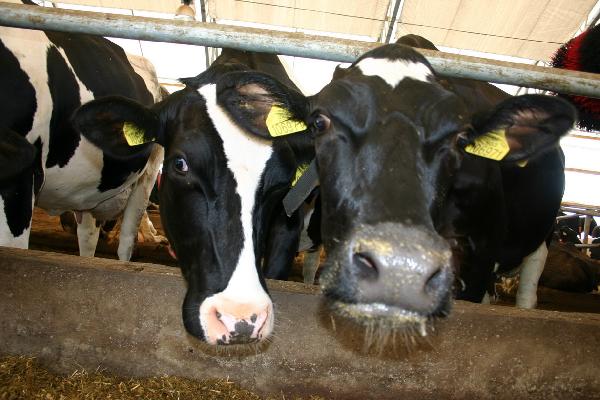
Fichtelová V., Králová A., Kovařčík K. Detekce paratuberkulózy v chovech masného skotu. Veterinářství 2025;75:
SOUHRN
Paratuberkulóza skotu je chronické střevní onemocnění způsobené infekcí baktérií Mycobacterium avium subsp. paratuberculosis (MAP). V chovech masného skotu je příčinou ekonomických ztrát v důsledku sníženého přírůstku zvířat. Kontrola v chovech se opírá o detekci a odstranění infikovaných zvířat ze stáda. K určení infekčního statusu chovu a detekci infikovaných jedinců byly vyšetřeny vzorky sér ELISA testem a směsné vzorky trusu (SVT) metodou qPCR všech dvouletých a starších zvířat z 6 stád. Z celkového počtu 1278 zvířat byly pozitivní výsledky alespoň v jednom testu detekovány u 86 jedinců. ELISA testem byl detekován pozitivní infekční status u všech 6 stád a identifikováno všech 33 infikovaných zvířat, u kterých byla prokázána přítomnost protilátek (Ab) v séru i MAP v trusu. Naproti tomu vyšetřením SVT metodou qPCR bylo odhaleno jen 5 infikovaných chovů a 22 infikovaných jedinců vykazující pozitivní výsledek v obou testech. ELISA vyšetření je tak vhodnou metodou pro určení infekčního statusu chovu i k detekci infikovaných jedinců v masných státech. Specifitu detekce infikovaných zvířat, lze zvýšit vyšetřením trusu sérologicky pozitivních jedinců
SUMMARY
Paratuberculosis is a chronic enteric disease caused by infection with Mycobacterium avium subsp. paratuberculosis (MAP). In beef cattle, economic losses result from reduced weight gain. Control measures rely on the detection and removal of infected animals from the herd. To determine the infectious status of the herd and to identify infected individuals, serum samples and pooled faecal samples (PFS) from animals aged two years and older were tested using ELISA and qPCR, respectively. Of the total number of 1,278 animals, 86 were positive in at least one test. The ELISA test revealed a positive infection status of all six herds and all 33 infected animals, in which the presence of antibodies (Ab) in serum and MAP in faeces was detected. On the other hand, the PFS examination using qPCR detected only 5 herds and 22 infected animals with positive results in both tests. ELISA is therefore a suitable method for determining infection status and for identifying infected animals in cattle herds. The specificity of detecting infected animals could be improved by examining the faeces of seropositive animals.*